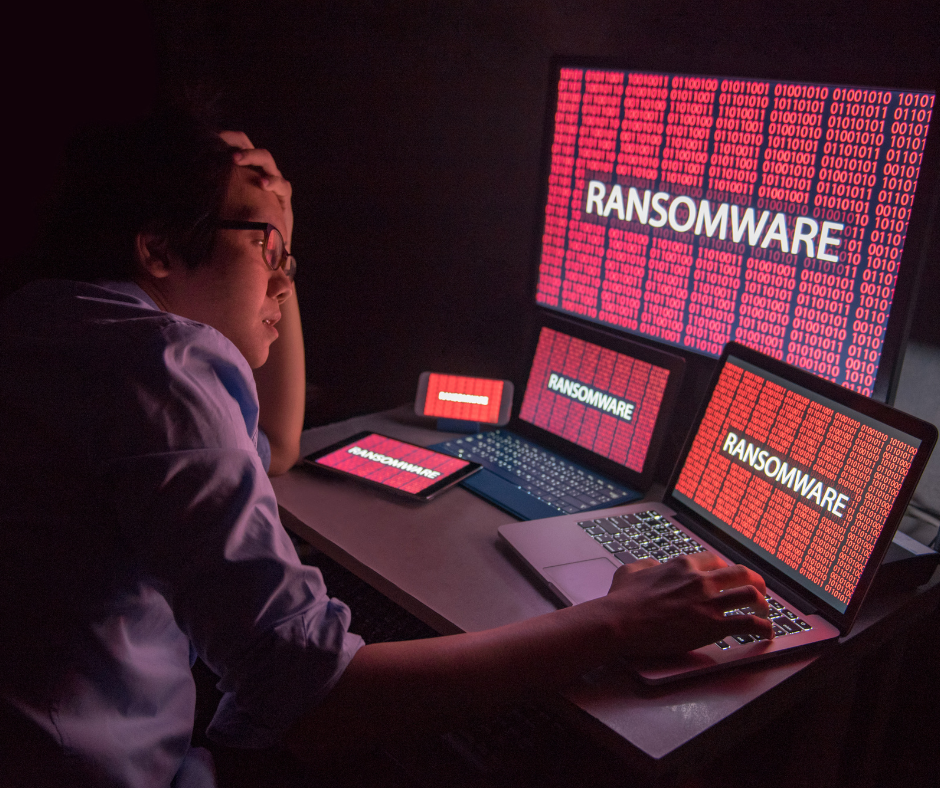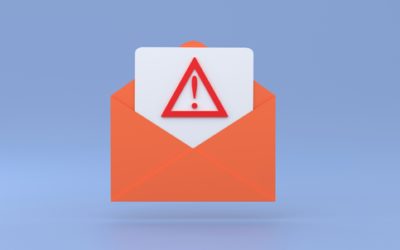Cybersecurity threats are everywhere — but what can you do if you’re not very tech-savvy?
If you’re not an IT expert, staying safe online might feel overwhelming. Almost everyone has heard about the importance of cybersecurity, but what does it mean? And how can you protect your organization without deep technical expertise?
The challenge lies in turning awareness into action. While most people understand the need for cybersecurity, many struggle to grasp its fundamentals or know where to start. With cyberattacks becoming more frequent and sophisticated, it’s vital to take the first steps towards securing your data and systems.
Why this guide?
This guide is designed for beginners. It will break down the basics of cybersecurity, explain why it matters, and equip you with simple yet effective strategies to protect your business.
What is Cybersecurity?
Cybersecurity is the practice of safeguarding computers, networks, devices, and data from unauthorized access, cyberattacks, or damage. Think of it as your organization’s digital shield against hackers, viruses, and other online threats.
Why is Cybersecurity Important?
Cybercrime is no longer a distant threat—it’s a reality impacting businesses and individuals worldwide. From phishing scams to ransomware attacks, the consequences of poor cybersecurity can be devastating. Financial loss, damaged reputation, and disrupted operations are just the tip of the iceberg.
Even basic knowledge can empower you to identify risks, make informed decisions, and strengthen your organization’s protection against evolving cyberattacks.
Common Types of Cybersecurity Threats
Cybersecurity threats come in various forms, targeting both individuals and organizations. Here are some of the most common types:
- Phishing Emails & Scams: Deceptive emails designed to trick you into revealing sensitive information or clicking on malicious links.
- Ransomware Attacks: Cybercriminals encrypt your data and demand payment for restoring access.
- Weak Passwords & Human Error: Simple mistakes—such as reusing passwords or clicking on suspicious links—make it easy for hackers to breach systems.
- Man-in-the-Middle Attacks: When a hacker intercepts communication between two parties, they can alter or steal data without detection.
- Denial-of-Service (DoS) Attacks: Overloading servers or networks to make systems unavailable. Though often targeting larger organizations, understanding this threat is important for general awareness.

Key Areas of Cybersecurity Protection
To defend against these threats, beginners can focus on the following essential areas:
1. Device and Network Protection
Invest in firewalls, antivirus software, and secure Wi-Fi networks to block unauthorized access.
2. User Access and Authentication
Use strong passwords, enable multi-factor authentication (MFA), and consider password managers to enhance login security.
3. Backups and Data Recovery
Regular backups ensure that you can recover data in case of ransomware attacks or accidental loss.
4. OT Security (Operational Technology)
For industries using physical systems—such as manufacturing—protecting sensors, machines, and equipment from cyber threats is crucial.
Basic Cybersecurity Measures for Beginners
Getting started with cybersecurity doesn’t have to be overwhelming. By adopting these straightforward measures, you can significantly reduce risks:
- Use Strong, Unique Passwords: Invest in a reliable password manager to generate and securely store strong passwords.
- Enable Multi-Factor Authentication (MFA): Add an extra layer of protection to your accounts by enabling MFA, which requires a second verification step, like a code sent to your phone.
- Keep Everything Updated: Regularly update your software, operating systems, and apps to fix vulnerabilities that hackers might exploit.
- Install Trusted Antivirus Software: Protect your devices against malware, spyware, and other harmful programs with reliable antivirus tools.
- Be Wary of Suspicious Links and Attachments: Don’t click on links or download attachments from unknown or unverified senders.
- Secure Your Wi-Fi Network: Use a strong password to prevent unauthorized access to your network.
- Back Up Your Data Regularly: Save your important files to an external device or a secure cloud service to ensure recovery in case of data loss or a ransomware attack.
- Book a Cybersecurity Risk Assessment: A basic assessment will identify potential vulnerabilities and give you an actionable plan to strengthen your defenses.
Cybersecurity at Work: Everyday Best Practices
Cybersecurity isn’t just a one-time effort; it requires continuous awareness and good habits in your work environment. Here are some practical tips:
- Be mindful of what you share on social media or public platforms to reduce the risk of social engineering attacks.
- Adhere to any guidelines and IT security policies set by your organization to protect sensitive information.
- Always lock your computer or mobile devices when you step away, even for a moment.
- If something seems off, like receiving unexpected emails or encountering unusual system behavior, notify your IT team immediately.
- Stick to company-approved tools for communication and file sharing to avoid security risks.

Cybersecurity for Businesses
For businesses—whether you’re an MSP, IT manager, or business owner—having a robust cybersecurity strategy is critical. Here are some key considerations:
1. Conduct Regular Cybersecurity Risk Assessments
Regular assessments help you identify vulnerabilities before they turn into major issues, allowing you to stay ahead in the evolving threat landscape.
2. Provide Employee Training
Educating your team on cybersecurity basics, such as recognizing phishing attempts and following safe online practices, helps minimize the chances of human error leading to a breach. Want to ensure your employees are prepared? Check out our blog on conducting phishing tests to see how they would respond to real-world scenarios.
3. Implement Cyber Incident Prevention Measures
Taking preventative steps to avoid cyberattacks is essential. From securing endpoints to monitoring suspicious activity, prevention is key. For a more detailed guide, check out our blog on Cyber Incident Prevention: Best Practices for Small Businesses.
4. Establish a Cyber Incident Response Plan
Despite prevention efforts, incidents may still occur. A well-defined response plan ensures you can mitigate damage, recover quickly, and protect your reputation. Explore our blog on Cyber Incident Response 101 for Small Businesses to learn how to create one effectively.
Conclusion: Cybersecurity Starts with Awareness
You don’t need to be a tech expert to stay safe online. Often, it’s the basic habits — using strong passwords, staying alert, and keeping systems up to date — that make the biggest difference.
But cybersecurity is constantly evolving. Emerging technologies like artificial intelligence (AI) are playing a growing role in both defense and attack. On the one hand, AI in cybersecurity is being used to detect threats in real time, automate responses, and identify patterns of suspicious activity faster than any human could.
On the other hand, cybercriminals are also using AI to discover system weaknesses, create more convincing phishing scams, and automate their attacks. It’s a constant race between security teams and hackers — and staying informed is your best way to keep up.
Ready to Take the First Step?
Cybersecurity doesn’t have to be complicated — but it does have to start somewhere.
Book a free consultation with our IT experts today. Let us help you identify risks, secure your systems, and build a safer digital environment for your team and your business.



